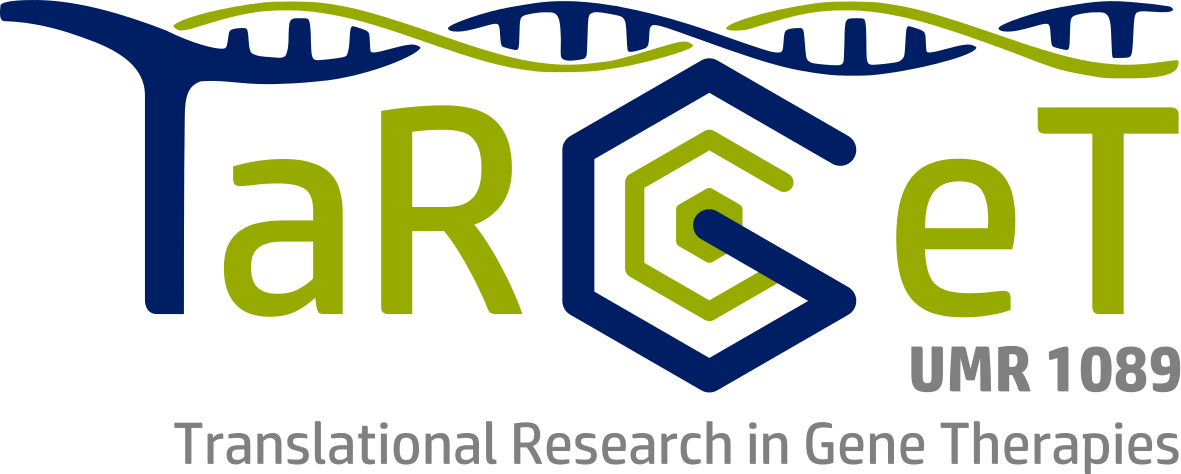Homologous Recombination Offers Advantages over Transposition‐Based Systems to Generate Recombinant Baculovirus for Adeno‐Associated Viral Vector Production
Résumé
Viral vectors have a great potential for gene delivery, but manufacturing is a big challenge for the industry. The baculovirus-insect cell is one of the most scalable platforms to produce recombinant adeno-associated virus (rAAV) vectors. The standard procedure to generate recombinant baculovirus is based on Tn7 transposition which is time-consuming and suffers technical constraints. Moreover, baculoviral sequences adjacent to the AAV ITRs are preferentially encapsidated into the rAAV vector particles. This observation raises concerns about safety due to the presence of bacterial and antibiotic resistance coding sequences with a Tn7-mediated system for the construction of baculoviruses reagents. Here, a faster and safer method based on homologous recombination (HR) is investigated. First, the functionality of the inserted cassette and the absence of undesirable genes into HR-derived baculoviral genomes are confirmed. Strikingly, it is found that the exogenous cassette showed increased stability over passages when using the HR system. Finally, both materials generated high rAAV vector genome titers, with the advantage of the HR system being exempted from undesirable bacterial genes which provides an additional level of safety for its manufacturing. Overall, this study highlights the importance of the upstream process and starting biologic materials to generate safer rAAV biotherapeutic products.
| Origine | Publication financée par une institution |
|---|
